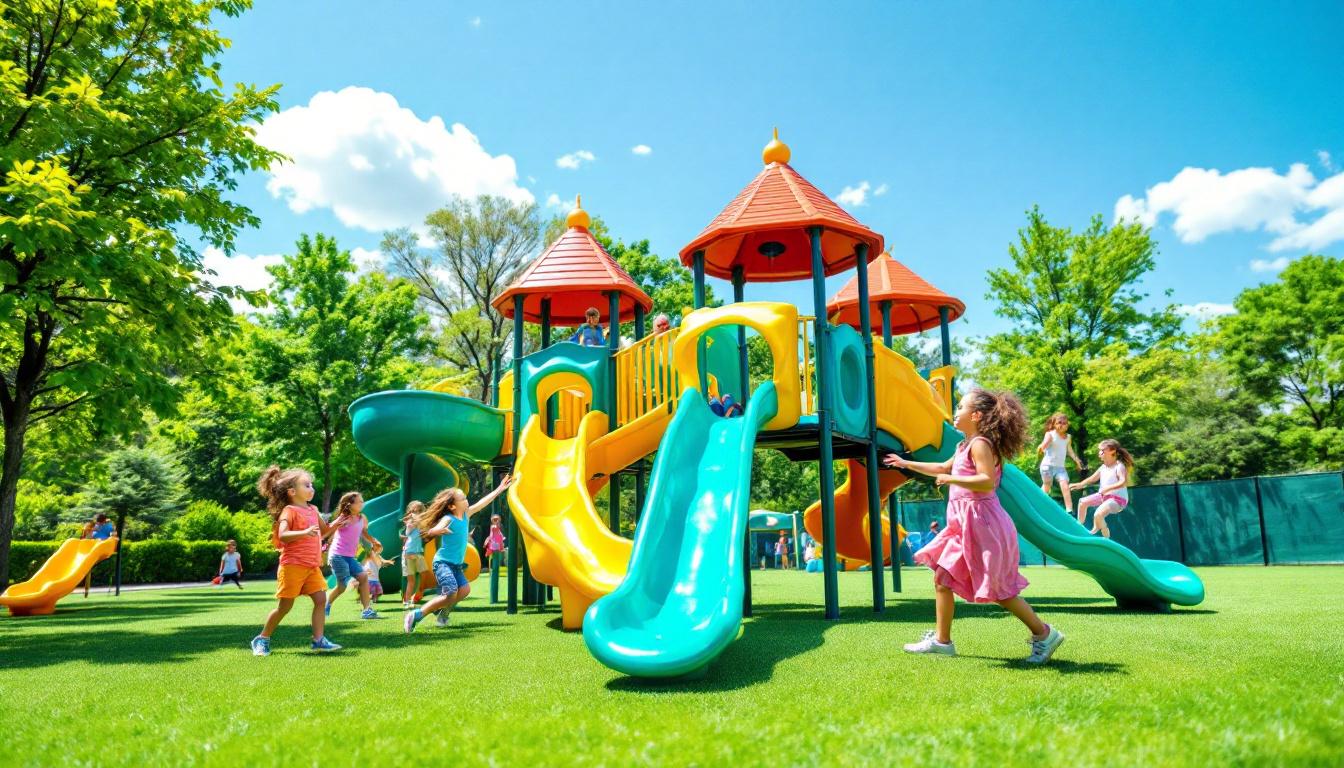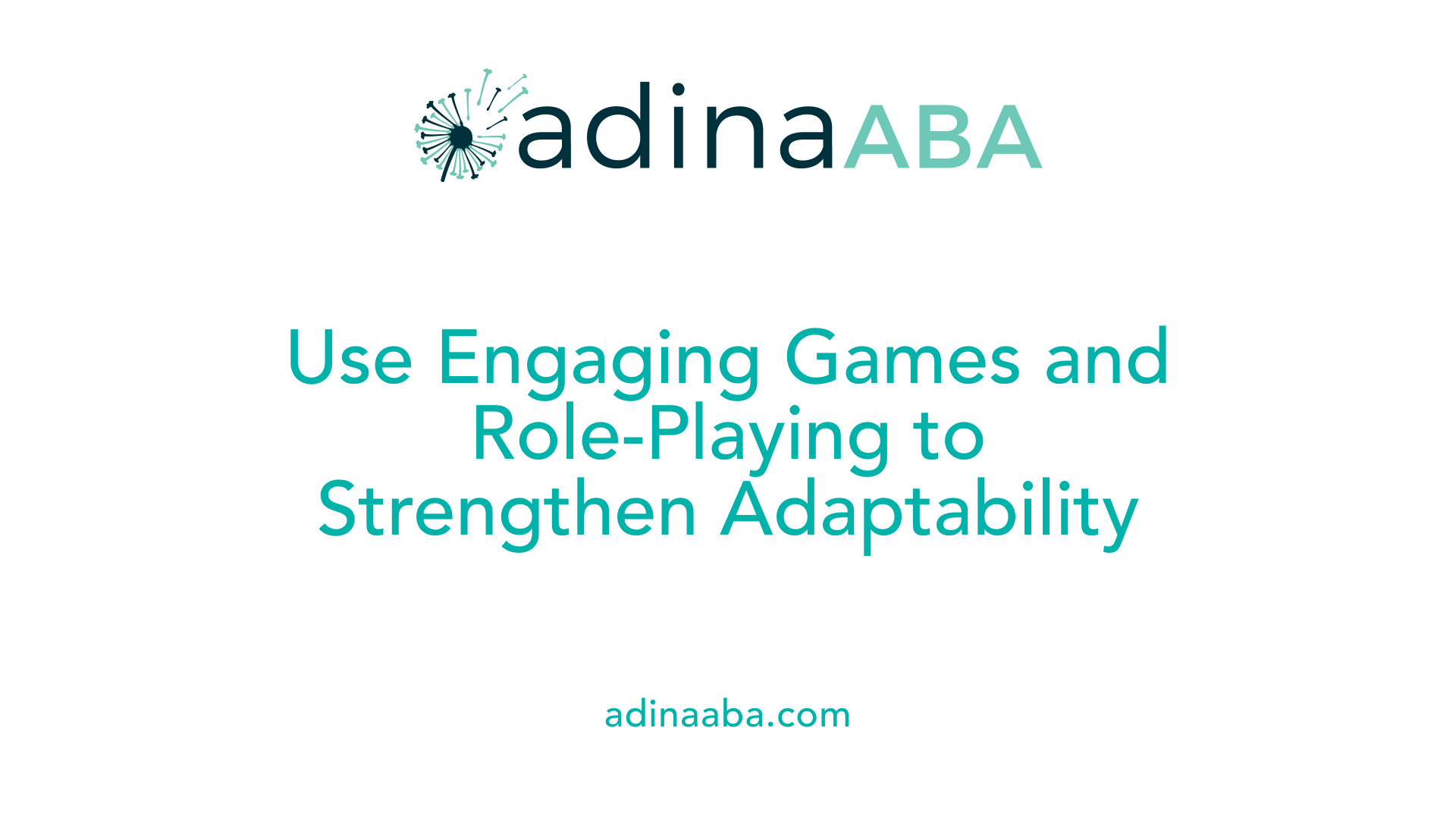How to teach flexibility in play and routine

Understanding the Importance of Flexibility in Child Development
Flexibility, or cognitive flexibility, is a vital skill that supports children in managing change, problem-solving, and social interactions. It involves the ability to view situations from multiple perspectives, adapt to new or unexpected circumstances, and generate alternative solutions. Cultivating this skill from an early age can foster resilience, emotional regulation, and academic success, especially in varied environments like home and school.
Incorporating Flexibility into Classrooms and Home Routines

How can teachers and parents incorporate flexibility into classroom and home routines?
Creating routines that are both predictable and adaptable is essential to help children develop flexible thinking skills. Teachers and parents can start by designing physical spaces that promote adaptability, such as using movable furniture and flexible seating. This setup allows for quick adjustments based on the activity or children's needs, fostering a sense of control and comfort.
Establishing clear expectations is also vital. Using visual cues like picture schedules, charts, or symbols makes routines easy to understand and follow. These visual reminders can be adjusted regularly, incorporating changes to prevent routines from becoming rigid. This approach helps children feel secure while learning to adapt.
Designing routines centered on processes rather than fixed time slots encourages spontaneity. For example, instead of strict schedules, focus on completing activities in a general order with room for movement or breaks when needed. This flexibility teaches children that routines can change without causing stress.
Supporting cognitive flexibility is equally important. Teachers and parents can ask open-ended questions like “What are some other ways we could do this?” or engage children in perspective-taking activities. Using stories, games, and role-playing can also challenge children to consider different viewpoints and solutions.
Modeling calm behavior during transitions and unexpected changes shows children how to respond with patience and resilience. Preparing them for upcoming transitions with advance notice and simple explanations reduces anxiety.
Incorporating fun activities such as movement exercises or breathing techniques can help children manage emotions and become more adaptable. These activities not only support emotional regulation but also make routines more engaging.
Overall, combining adaptable physical spaces, visual supports, flexible routines, cognitive challenges, and calming strategies creates a responsive environment that nurtures children's ability to handle change confidently and calmly.
Play as a Foundation for Developing Flexibility
How does play contribute to developing a child's ability to be adaptable and flexible?
Play is a vital tool in nurturing a child's capacity for adaptability and flexible thinking. During play, children are encouraged to navigate new rules, modify their responses, and consider different perspectives in a low-stakes environment. Activities like role-playing and storytelling allow children to step into different characters or simulate real-life situations, enhancing their ability to think creatively and respond to surprises.
Open-ended games like “Yes, and...” promote collaboration and teach children to build on others' ideas, fostering a mindset that embraces change and exploration. Furthermore, playful situations often involve setbacks, such as losing a game or facing an unexpected rule change, which help children learn to accept disappointment gracefully and develop resilience.
Through engaging in playful modifications—like changing game rules or storylines—children practice seeing situations from multiple angles and responding in innovative ways. These activities build their cognitive flexibility, enabling them to adapt swiftly when circumstances change outside of play, such as at school or in social settings.
Moreover, play provides a fun context for children to experiment with responses, encouraging a growth mindset. They learn that mistakes are part of the learning process and gain confidence in handling change. Overall, play creates a secure space where children develop essential skills for adaptability, problem-solving, and emotional regulation, all of which are crucial for success in everyday life.
| Activity Type | How It Supports Flexibility | Example Ideas |
|---|---|---|
| Role-playing | Encourages perspective-taking and problem-solving | Pretending to be a shopkeeper and a customer, switching roles mid-game |
| Story modification | Builds creativity and resilience to change | Altering story endings or characters' decisions |
| Open-ended games | Teaches negotiation and rule adaptation | “Yes, and...” or cooperative storytelling |
| Surprising scenario play | Fosters quick thinking and emotional regulation | Introducing unexpected twists in games or role-plays |
By integrating these playful activities into daily routines, parents and educators can foster adaptable, resilient children ready to face changing circumstances with confidence.
Strategies and Activities to Foster Flexible Thinking

What are some methods and activities to promote flexibility and adaptable thinking in children?
Promoting flexible thinking in children involves engaging them in a variety of activities that emphasize creativity, problem-solving, and exploration. One effective approach is to introduce brainstorming and open-ended projects, such as arts, building, and creative construction, where children can experiment and discover multiple solutions.
Modeling flexible behaviors is equally important. For instance, adults can demonstrate how to adjust storylines or approach tasks differently, showing children that change and adaptation are natural. Encouraging children to draw imaginative scenes, brainstorm alternative endings to stories, or try different ways to complete a puzzle fosters creative energy and adaptable thinking.
Adjusting routines gradually helps children become comfortable with change. Small modifications in daily activities or offering choices between different tasks can improve their ability to cope with unpredictable situations. Games like logic puzzles, word challenges, and strategy activities further promote considering various approaches. These could include chess, Uno, or other problem-solving games that encourage thinking beyond the first option.
This variety of activities not only enhances flexible thinking but also reinforces emotional regulation and resilience. When children learn to navigate change with confidence, they develop critical social and cognitive skills necessary for success in diverse settings.
Games and Interactive Methods to Develop Flexibility Skills

What activities and games can help develop flexible thinking skills in children and students?
To enhance flexible thinking, children need engaging activities that challenge their perspective and problem-solving abilities. Classic puzzle games such as word puzzles, Sudoku, chess, Minesweeper, and logic challenges are excellent for encouraging children to consider multiple strategies and viewpoints.
Role-playing and debate activities also play a vital role. These activities require children to adopt different perspectives, argue various positions, and think on their feet, which boosts their adaptability.
Incorporating scenario cards, optical illusions, and brainstorming sessions further helps children learn to reframe problems. These exercises teach children to view issues from different angles and develop creative solutions.
Another effective approach is altering the rules of familiar games. For example, changing chess or Uno rules prompts children to think differently and adapt their strategies accordingly.
Chance-based and decision-making games like Uno, Connect4, and trivia quizzes introduce children to unpredictable outcomes, helping them to stay flexible amid uncertainty.
Providing opportunities for children to brainstorm multiple solutions to a problem fosters their ability to imagine alternative outcomes and think divergently.
By engaging in these activities regularly, children develop stronger executive functions and cognitive flexibility, preparing them to handle new and unexpected situations confidently.
Supporting Flexible Thinking in Children with Autism

How can caregivers and educators foster flexible thinking in children with autism?
Encouraging flexible thinking in children with autism requires intentional strategies that respect their individual needs and abilities. One effective approach is to introduce changes to routines gradually, allowing children to become accustomed to shifts over time without feeling overwhelmed. Using social stories and role-playing scenarios helps model flexible responses in a clear, understandable way, making abstract concepts more concrete.
Incorporating activities that promote creative problem-solving, such as sorting objects in different ways or brainstorming multiple solutions to a challenge, encourages children to think outside their usual patterns. Physical activities, chance games like dice or card games, and activities that involve unpredictability can foster adaptive responses, helping children learn to accept and manage surprises.
Explicit teaching using simple language and clear examples reinforces the concept of flexibility. For instance, explaining how different options can work equally well helps children grasp the idea of adaptability.
Personalized strategies are crucial, as each child’s preferences and sensitivities differ. Caregivers and educators should tailor their approaches, offering consistent reinforcement and patience as children practice new ways of thinking.
Overall, fostering flexible thinking in children with autism involves a mix of modeling, gentle routine adjustments, engaging activities, and ongoing support. This combination nurtures their ability to adapt, explore new strategies, and develop resilience in various settings.
Fostering a Growth Mindset and Emotional Resilience Through Flexibility
Developing flexibility in children is a critical aspect of their overall growth, equipping them with skills to navigate change confidently. By integrating flexible routines, engaging play, targeted activities, and a nurturing environment, parents and educators can help children build cognitive flexibility and resilience. Modeling calmness, celebrating adaptability, and offering opportunities for creative problem-solving reinforce these skills. As children learn to embrace change and approach new challenges with an open mind, they become better prepared for lifelong success, social harmony, and emotional well-being.
References
- Helping Kids With Flexible Thinking - Child Mind Institute
- Creating Autism Interventions that Promote Flexibility: - Learn Play ...
- Flexible Thinking: How to Encourage Kids to Go With the Flow - PBS
- Balancing Routine and Flexibility: Creating a Structured Yet ...
- Flex Your Flexibility -Anne Abernathy, MS, OTR/L
- How Do I Teach My Child to Have Flexible Thinking?
- Increasing Flexibility in Your Daily Classroom Routine
- Teaching Flexibility - An Important Skill - Autism Awareness Centre
- Flexible Thinking Made Fun - Miss Behavior
- What Is Flexible Thinking? | Plus, How to Teach It to Kids
More Resources
Expert Clinicians
Get started today ->






